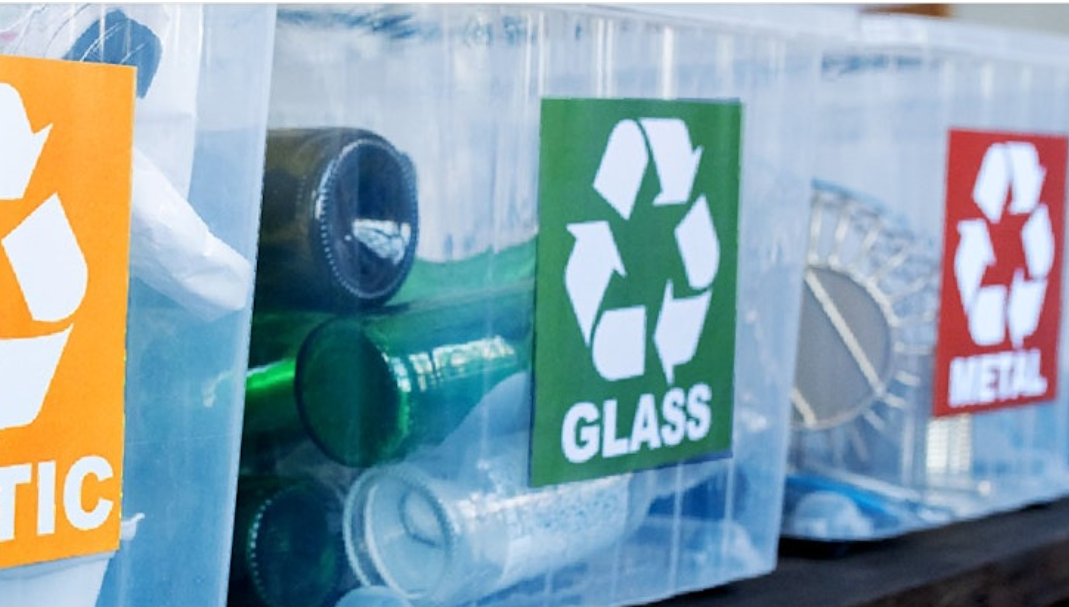
In response to residents’ feedback regarding the need for better glass recycling options, the District is developing a neighbourhood glass collection station pilot program to reduce the high volume of glass contamination in residential recycling totes.
Glass collection stations will be piloted through 2025, and each station will include two medium wildlife-resistant glass collection totes and two temporary parking spots for drop-off access. All residents are encouraged to identify and share potential glass collection station locations through an online mapping tool. The tool can be found at letstalksquamish.ca/recycling
Recycling survey
District of Squamish has also launched a community-wide recycling survey, which will help the district understand challenges and level of awareness for waste diversion and reducing contamination. With an upcoming change to the recycling depot infrastructure in Squamish, this survey also aims to obtain more information about residents’ needs and wants regarding depot services.
The survey takes five to 10 minutes to complete.
District says it is taking measures to reduce community recycling contamination through education, tote audits, recycling infrastructure and events. Recycling contamination occurs when material not accepted for curbside recycling is placed in the curbside recycling tote.
“It’s a shared community responsibility to ensure only appropriate materials enter our residential curbside collection program,” says District of Squamish Mayor Armand Hurford. “Effective recycling programs require appropriate tools, knowledge and effort. Our goal is to build an understanding of how and why the community currently recycles and what barriers might exist to guide investments in the future.”
Reducing Recycling Contamination
The District of Squamish became a Recycle BC collection partner in 2018. Under the current program, Recycle BC has a 3 percent recycling contamination threshold penalty and reserves the right to apply a penalty fee per audited load of curbside material with a contamination rate above 3 percent. The District currently experiences an average recycling contamination rate of 7.84 percent. Among the top contaminants are glass, books, textiles and plastic.



